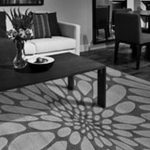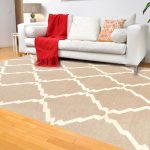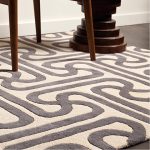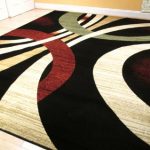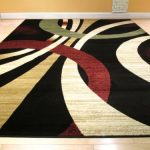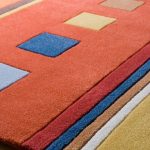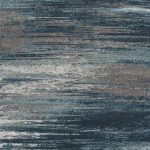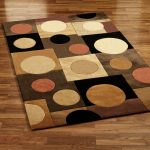Rugs have been an essential part of interior design for centuries, adding warmth, color, and texture to a room. While traditional rug-making techniques are still used today, modern rug production has seen significant advancements in materials and techniques that have revolutionized the industry. Innovative materials and techniques have not only improved the quality and durability of rugs but have also expanded design possibilities for consumers.
One of the most groundbreaking innovations in modern rug production is the use of synthetic materials such as nylon, polypropylene, and polyester. These materials are not only more affordable than natural fibers like wool and silk but also offer superior stain resistance, durability, and color retention. Synthetic rugs are also easier to clean and maintain, making them a popular choice for high-traffic areas in homes and businesses.
In addition to synthetic materials, modern rug production has also seen the development of eco-friendly and sustainable materials. Bamboo, jute, and recycled fibers are now commonly used in rug-making to reduce the environmental impact of production. These materials are not only renewable and biodegradable but also add a unique texture and visual interest to rugs.
Another key innovation in modern rug production is the use of advanced weaving techniques and technology. Computer-aided design software allows designers to create intricate patterns and motifs with precision, while automated looms ensure consistency and quality in production. Hand-tufting and hand-knotting techniques are still used for high-end rugs, but many manufacturers have embraced machine-loomed rugs for their efficiency and cost-effectiveness.
Digital printing technology has also revolutionized the rug industry, allowing for the customization of designs and patterns with unparalleled detail and clarity. This technology has made it possible for consumers to create one-of-a-kind rugs that reflect their personal style and preferences.
Furthermore, modern rug production has seen a resurgence of traditional craft techniques such as block printing, batik dyeing, and hand-painting. These artisanal methods not only add a handmade touch to rugs but also create unique and culturally significant pieces that tell a story.
Innovative materials and techniques in modern rug production have opened up a world of possibilities for designers and consumers alike. Whether you prefer the durability and easy maintenance of synthetic materials or the eco-friendly and artisanal quality of natural fibers, there is a rug for every style and budget. With advancements in weaving technology and design capabilities, the future of rug production looks bright, with endless possibilities for creativity and innovation.
 darbylanefurniture.com Interior design ideas with the latest interior inspiration
darbylanefurniture.com Interior design ideas with the latest interior inspiration



